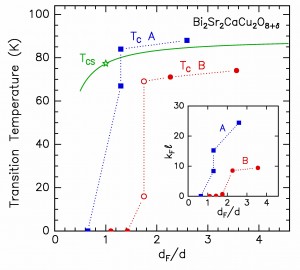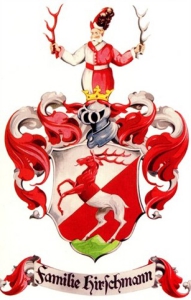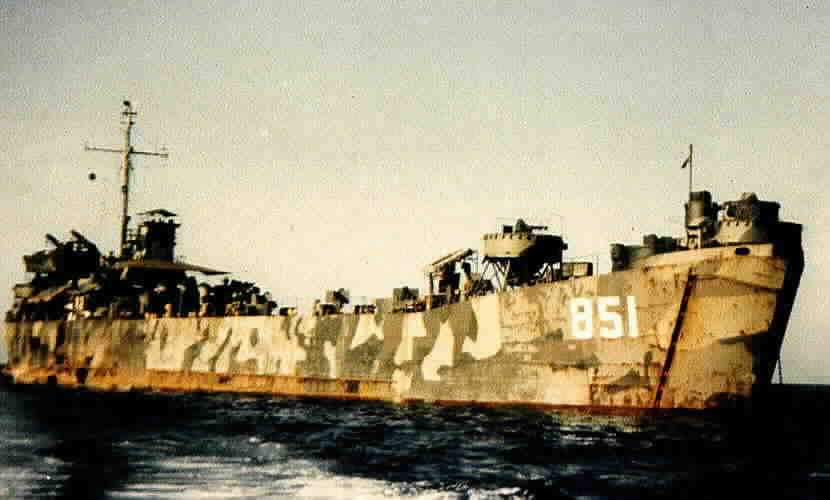High-TC Superconductivity in Ultra-thin Crystals: Implications for microscopic theory, D. R. Harshman and A. T. Fiory [arXiv]
High transition temperature (high-TC) superconductivity is associated with layered crystal structures. This work considers superconductivity in ultra-thin crystals (of thickness equal to the transverse structural periodicity distance d for one formula unit) of thirty-two cuprate, ruthenate, rutheno-cuprate, iron pnictide, organic, and transuranic compounds, wherein intrinsic optimal (highest) transition temperatures TC0 (10 – 150 K) are assumed. Sheet transition temperatures TCS = α TC0, where α < 1, are determined from Kosterlitz-Thouless (KT) theory of phase transitions in two-dimensional superconductors. Calculation of a involves superconducting sheet carrier densities NS derived theoretically from crystal structure, ionic valences, and known doping, a two-fluid model for the temperature dependence of the superconducting magnetic penetration depth, and experimental data on KT transitions; a is on average 0.83 (varying with standard deviation 0.11). Experiments on thin crystal structures approaching thickness d are shown to be consistent with calculations of TC0 from microscopic superconductivity theory and with TCS from KT theory, where the presence of disorder is also taken into account; careful analyses of these thin film studies indicate a minimum thickness dF ≈ d for superconductivity.
D. R. Harshman and A. T. Fiory, Emerging Materials Research 1, 4 (2012).












